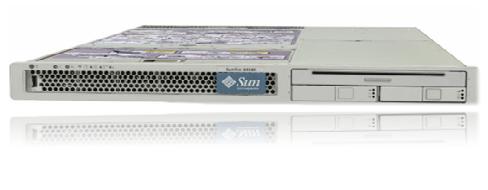Computer storage has been evolving over the years in great leaps and bounds, with new innovations allowing you to carry terabytes in the palm of your hand when not so long ago a few megabytes occupied the physical space of a large refrigerator. It’s interesting to speculate where the future of personal physical storage will lead us, but as for right now, the industry faces an alternative in Cloud storage. Many herald it as the next step in personal and professional data storage, and posit that traditional storage methods will soon intersect with cloud means, ushering in a different user experience all together. While Cloud storage does present us with some interesting possibilities, is it really all it’s cracked up to be? Here, I’m going to play the devil’s advocate and present you with a few key points as to why the cloud isn’t all it is cracked up to be.
I suppose the place to start
would be at the most obvious weak point, that being the necessity of an
internet connection to access and retrieve data. Sure, we live in a modern age
where reliable internet connections are a continuing staple of day to day business
and casual applications, but what about mobile users? Certainly you can think
of a time where an internal drive suited your purposes much better, be it at
home where you opted for the cable package only or on a road trip. The constant
connectivity required by Cloud storage chains its accessibility, limiting the
Cloud as a whole.
Second
is a matter of security. Think about what type of data or hosting services you
would task to a Cloud provider. For businesses, it is everything from the
hosting of their website and other online services to entire databases of very
valuable information. For the personal user, everything from personal documents
to credit card statements, depending on the degree of shared files. What would
happen if somebody were intent on accessing a Cloud server, and what if they
gained access to hundreds of users’ information? Beyond that, you’re trusting
everything to people you’ve never met with face to face.
Lastly
is price. Cloud storage reels a lot of people in with the option of low cost
storage solutions, but let’s take a look at what that low cost solution really
entails. Most services charge on a cost per gigabyte basis, meaning you can
scale as far as you’d like. Prices vary, but on average you can expect to spend
$0.09 per gigabyte of storage per month. So what does that mean if you want,
say, a terabyte of data? Somewhere between $80 and $90 a month! Sure, it might
seem reasonable if you only need a couple gigabytes, but at that price you can
afford a refurbished
Sun Fire X2100 in a little over a month, and that’s a whole server.
Physical hard drives are more affordable in the long run. That just about
rounds out my list of why Cloud storage is overrated. Let me know what you
think in the comments.











